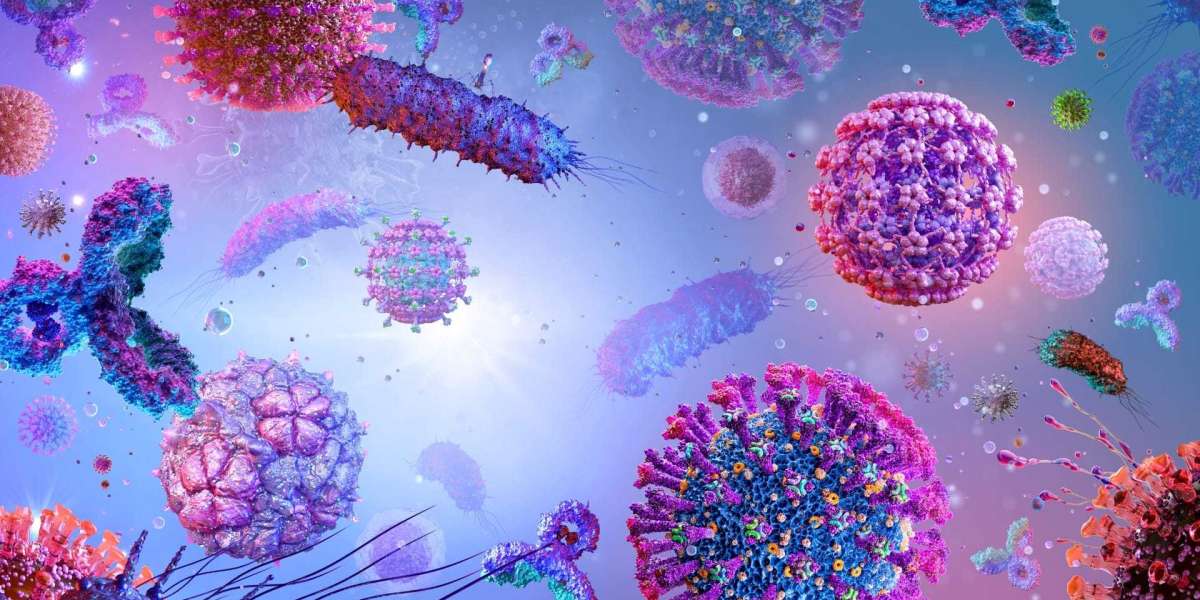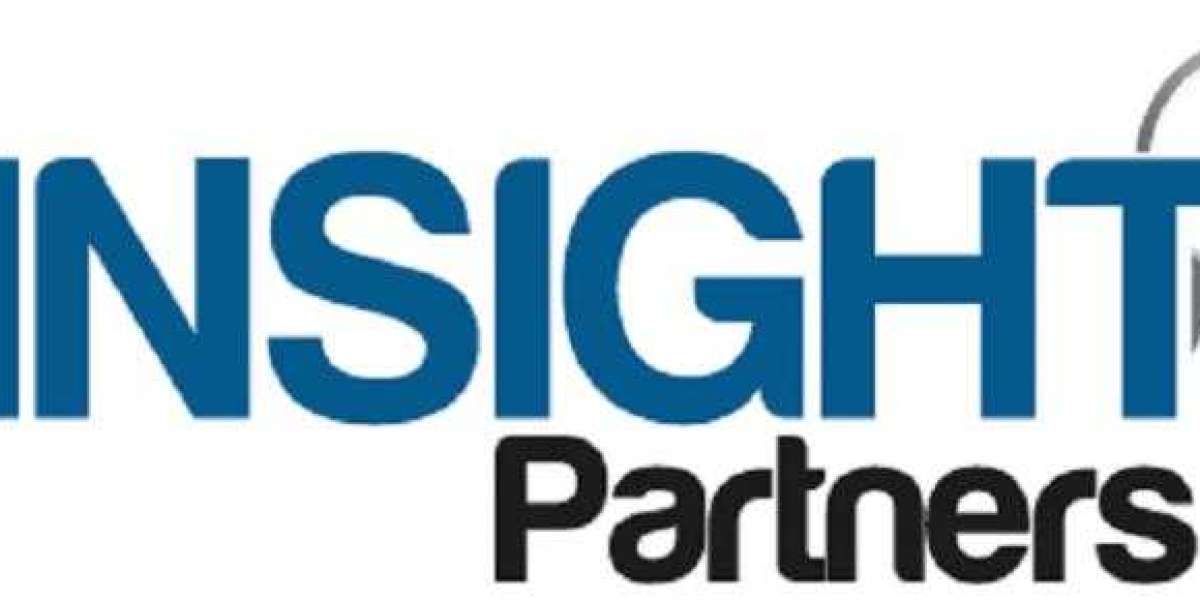Infectious diseases have plagued mankind since antiquity. While public health improvements over the past century have helped control many infectious illnesses, new pathogens continue to emerge and existing ones adapt in the face of globalization and antimicrobial resistance. Researchers have made tremendous progress understanding the biology of infection and developing new therapeutic agents, but more work remains. This article outlines some of the latest advances in infectious disease therapeutics across different disease categories and research areas.
Antibacterial Drug Development
The rise of multidrug-resistant bacteria is a major public health crisis, and the dwindling antibiotic pipeline requires novel solutions. Several new classes of antibacterial agents are under development with activity against resistant pathogens. These include novel ß-lactams that evade extended-spectrum ß-lactamases and novel protein synthesis inhibitors that avoid ribosomal protection mechanisms. Phage therapy is also being revisited, with early clinical studies of engineered phages demonstrating safety and efficacy against difficult-to-treat infections like Pseudomonas aeruginosa and Acinetobacter baumannii. Alternative antibacterial platforms like antimicrobial peptides and small molecule inhibitors of virulence factors also show promise. Overall, a reinvigorated antibiotic pipeline along with prudent stewardship will be needed to outpace the emergence of resistance.
Antiviral Drug Discovery
While antibiotics face resistance challenges, antiviral drug development continues making progress against several important viral pathogens. Hepatitis C virus (HCV) represents a major success story, with over 90% cure rates now possible using direct-acting antiviral agents. Research on HIV continues as well, with newer integrase inhibitors and second-generation protease inhibitors demonstrating increased genetic barriers to resistance. Influenza remains a serious threat, but novel cap-dependent endonuclease inhibitors could provide the first truly universal flu drug. For other viruses like herpes simplex, respiratory syncytial virus (RSV), and Zika, ongoing efforts aim to develop small molecule inhibitors targeting critical viral proteins and pathways. Vaccines also enhance control of viruses like HPV, making previous "untreatable" diseases now preventable.
Pneumococcal Conjugate Vaccines
Streptococcus pneumoniae (pneumococcus) is a leading cause of community-acquired pneumonia as well as invasive pneumococcal disease such as bacteremia and meningitis worldwide. The development of pneumococcal conjugate vaccines (PCVs) targeting the most prevalent disease-causing serotypes has substantially reduced the global burden of pneumococcal disease. PCV7 was first introduced in 2000 and dramatically cut rates of invasive pneumococcal disease in vaccinated children. Later PCV10 and PCV13 expanded coverage of additional serotypes, though non-vaccine serotype replacement has become an emerging issue. Ongoing surveillance monitors serotype shifts to inform new vaccine designs with the goal of universal pneumococcal disease prevention.
Malaria Control Efforts
Malaria remains one of the leading infectious killers globally, with drug and insecticide resistance complicating control efforts. Important infectious disease therapeutics advances include the development of artemisinin-based combination therapies (ACTs) that help delay antimalarial resistance. Novel compounds also aim to complement ACTs through new mechanisms of action. These include the spiroindolone KAE609, which acts on the ATP4 transporter essential for parasite viability, and the Oz439 compound targeting the apicoplast organelle to block isoprenoid biosynthesis. Vaccine progress includes the RTS,S/AS01 candidate demonstrating promising reduction of malaria cases in young children in African clinical trials. Combined with improvements in diagnostics, vector control through insecticide-treated bed nets continues reducing malaria morbidity and mortality worldwide.
Tuberculosis Treatment
Mycobacterium tuberculosis resistance continues complicating tuberculosis (TB) treatment and control globally - about 20% of MDR-TB cases are estimated to further develop extensively drug-resistant TB (XDR-TB). New and repurposed drugs aim to shorten treatment duration for drug-sensitive TB from 6 months to 4 months or less. Regimens including pretomanid, bedaquiline, and delamanid demonstrate potential to treat both drug-sensitive and resistant TB in significantly less time than current guidelines. New anti-TB therapies also target mycobacterial virulence factors and pathways specific to the pathogen. Developing rapid diagnostics to detect drug resistance and evaluating optimized dosing regimens are additionally helping curb the global TB epidemic. Overall progress relies on sustained research support and global health initiatives.
Novel Antifungal Therapies
Life-threatening invasive fungal infections negatively impact public health worldwide, especially in immunocompromised patients. Current antifungal drug classes include azoles, echinocandins, and polyenes, but limitations include toxicities, drug interactions, emerging resistance, and lack of oral options for many serious mycoses. Novel therapies in development aim to overcome these challenges. Novel azoles target the sterol 14α-demethylase enzyme through different binding properties than existing drugs. Echinocandin follow-ups show activity against resistant Candida as well as Aspergillus species.








